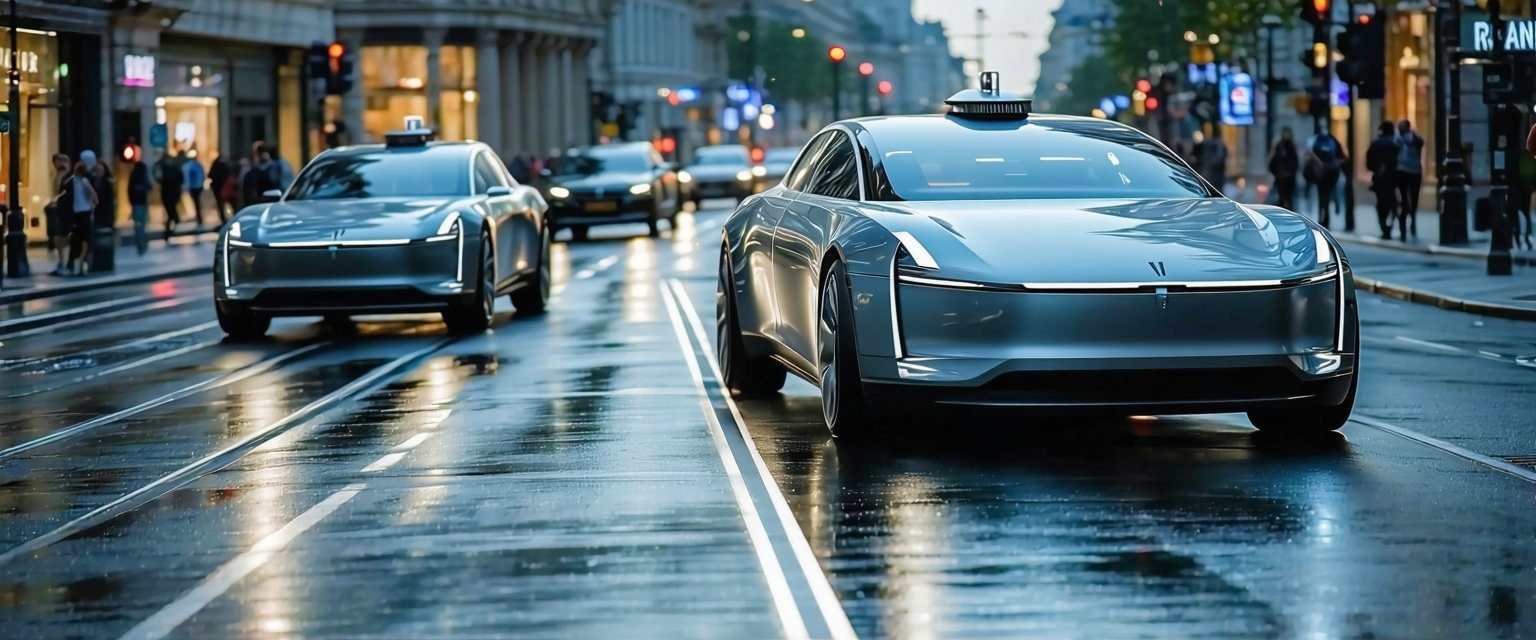






Recent advancements in sensor technology and artificial intelligence are rapidly accelerating the development of autonomous vehicles. This progress is bringing the prospect of self-driving cars from a futuristic fantasy to a near-term reality.
The autonomous vehicle industry has faced significant hurdles, including the complexities of navigating unpredictable real-world scenarios and ensuring the safety and reliability of these complex systems. Early prototypes struggled with basic tasks like lane keeping and object recognition in varied weather conditions.
However, persistent research and development, fueled by substantial investment from both established automakers and tech giants, have led to considerable breakthroughs in recent years.
Several companies are reporting substantial improvements in their autonomous driving systems. Recent advancements include enhanced object detection capabilities using LiDAR and camera fusion, improved path planning algorithms that account for more complex traffic situations, and the development of more robust and reliable software architectures.
Furthermore, the increased use of machine learning techniques, particularly deep learning, allows autonomous vehicles to learn and adapt from vast amounts of driving data, leading to more accurate and safer driving decisions. This continuous learning process is crucial for handling unexpected events and improving overall performance.
The widespread adoption of autonomous vehicles has the potential to revolutionize transportation, improving safety by reducing human error, increasing efficiency through optimized traffic flow, and providing greater accessibility for individuals with limited mobility. The economic impact is also significant, with potential job creation in new industries and cost savings for consumers.
However, there are considerable challenges to overcome, such as regulatory frameworks, public acceptance, and the ethical considerations surrounding accident liability. Careful planning and public discourse will be essential for successful implementation.
The near future will likely see a gradual rollout of autonomous vehicles, starting with limited deployment in controlled environments, such as geofenced areas or specific routes. Continued testing and refinement will be crucial before widespread adoption on public roads.
Further research and development efforts will focus on improving the robustness and reliability of these systems, addressing edge cases and ensuring their safety in all conditions. The development of robust cybersecurity measures to prevent hacking and malicious attacks is also paramount.